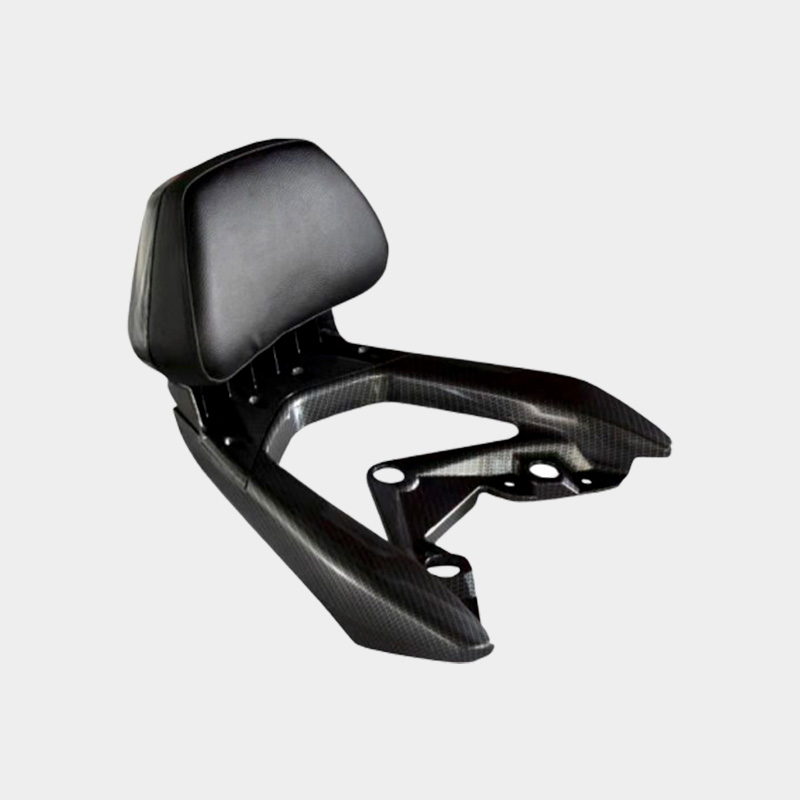In the injection Automotive Mould process, the mold is […]
In the injection Automotive Mould process, the mold is clamped on the injection molding machine, and the molten plastic is injected into the molding cavity, and is cooled and molded in the cavity.
The upper mold and the lower mold are separated, and the product is ejected from the cavity and leaves the mold through the ejection system.
The mold is closed again for the next injection, and the entire injection process is repeated. It is understood that as a tool for producing plastic products, a plastic mold is composed of several sets of parts, and there is a molding cavity in this combination. In industrial production, plastic molds can press metal or non-metal materials into parts or products in the desired shape. Use extended data to analyze the influencing factors of plastic mold manufacturing.
When the parting surface mold is closed, the concave mold and the convex mold cooperate with each other. The structural parts are sliders, inclined tops, and straight tops of complex molds. The accuracy of plastic molds includes anti-sticking, precise positioning, guide posts, positioning pins, etc. The pouring system is located between the nozzle and the cavity of the injection molding machine, and consists of a main runner, a branch runner, a gate and a cold cavity. The shrinkage rate of other plastics and various factors that affect product dimensional accuracy, such as mold manufacturing and assembly errors, mold wear, etc. In addition, when designing compression molds and injection molds, the matching of process and structural parameters of the molding machine should also be considered.

Plastic molds include compression molding and injection molding. They are mainly used for forming thermosetting plastics, and the corresponding equipment is a pressure forming machine. According to the characteristics of the plastic, the compression molding method heats the mold to the molding temperature (generally 103-108), then puts the measured compression molding powder into the mold cavity and the feeding chamber, closes the mold, and the plastic is under the action of high heat and pressure Be soft and sticky. After a certain period of time, it is cured and formed into the desired product shape. The difference between injection molding and compression molding is that there is a separate charging chamber. Before molding, the mold is closed, and the plastic is preheated to a viscous state in the feeding chamber. Under the action of pressure, the adjustment is extruded into the mold cavity and hardened. Compression molds are also used to mold some special thermoplastics, such as hard-to-melt thermoplastics (such as polyvinyl fluoride) blanks (cold molding), and resin lenses with high optical performance. The compression mold is mainly composed of a cavity, a feeding cavity, a guiding mechanism, an ejecting part, a heating system, etc. Injection molds are widely used in the packaging of electronic components. The material used in the manufacture of compression molds is basically the same as that of injection molds. Such as trash can mould.
Injection molds are used to mold hollow plastic containers (such as packaging containers for beverage bottles, daily chemical products, etc.). According to the process principle, blow molding mainly includes extrusion blow molding, injection blow molding, injection stretch blow molding (commonly known as "injection stretch blow molding"), multi-layer blow molding, sheet blow molding and so on. The corresponding equipment for blow molding of hollow products is usually called a plastic blow molding machine, and blow molding is only suitable for the production of thermoplastic products. The blow mold has a simple structure and most of the materials used are carbon.
Taizhou Huangyan Chuangji Mould Industry Co.,Ltd.